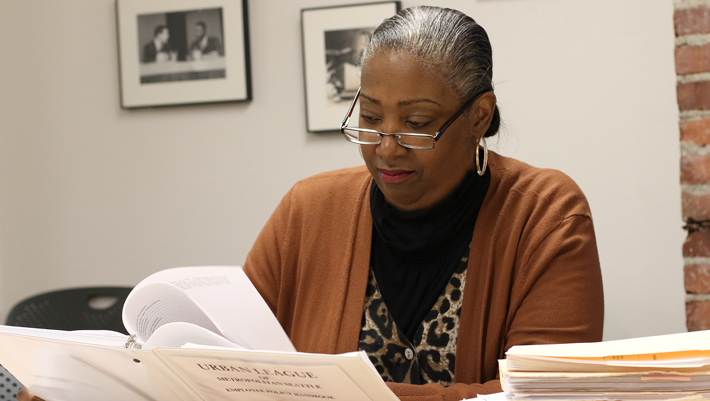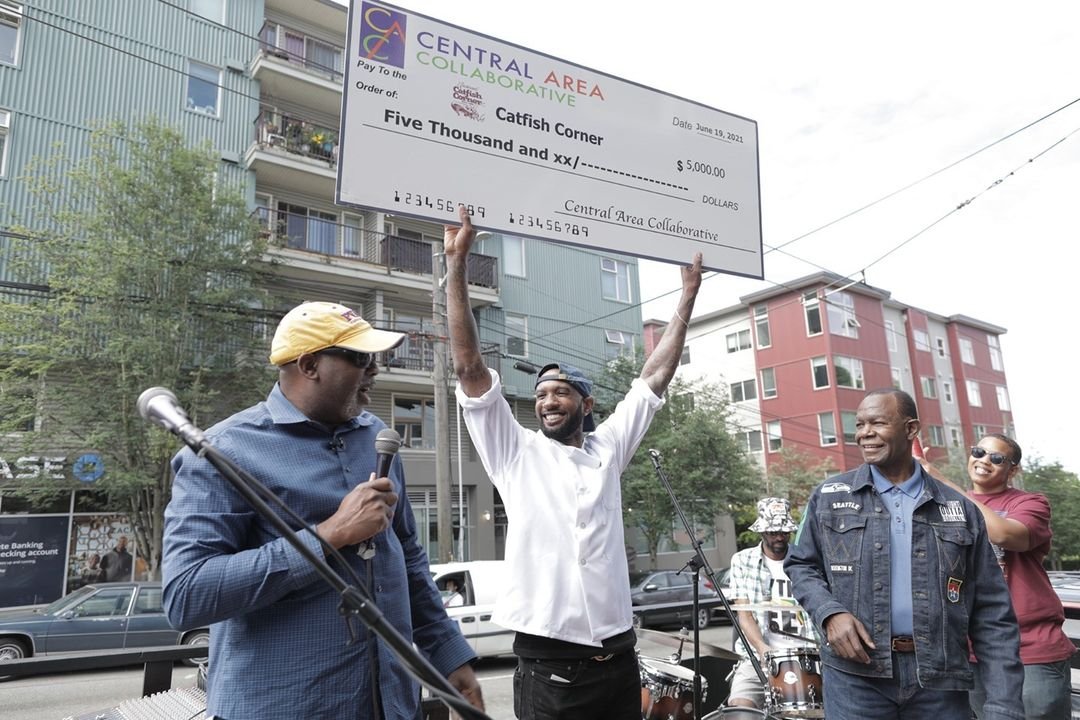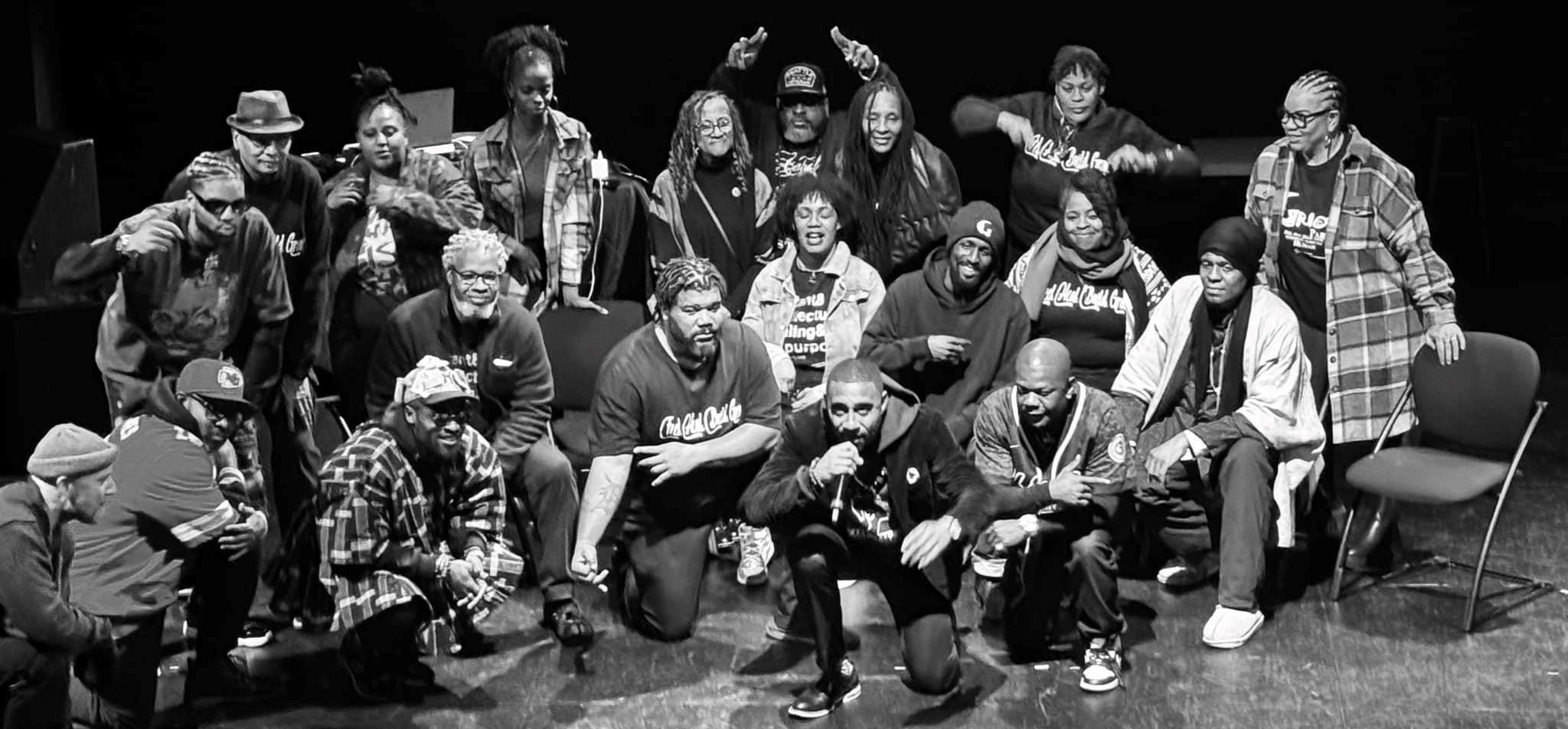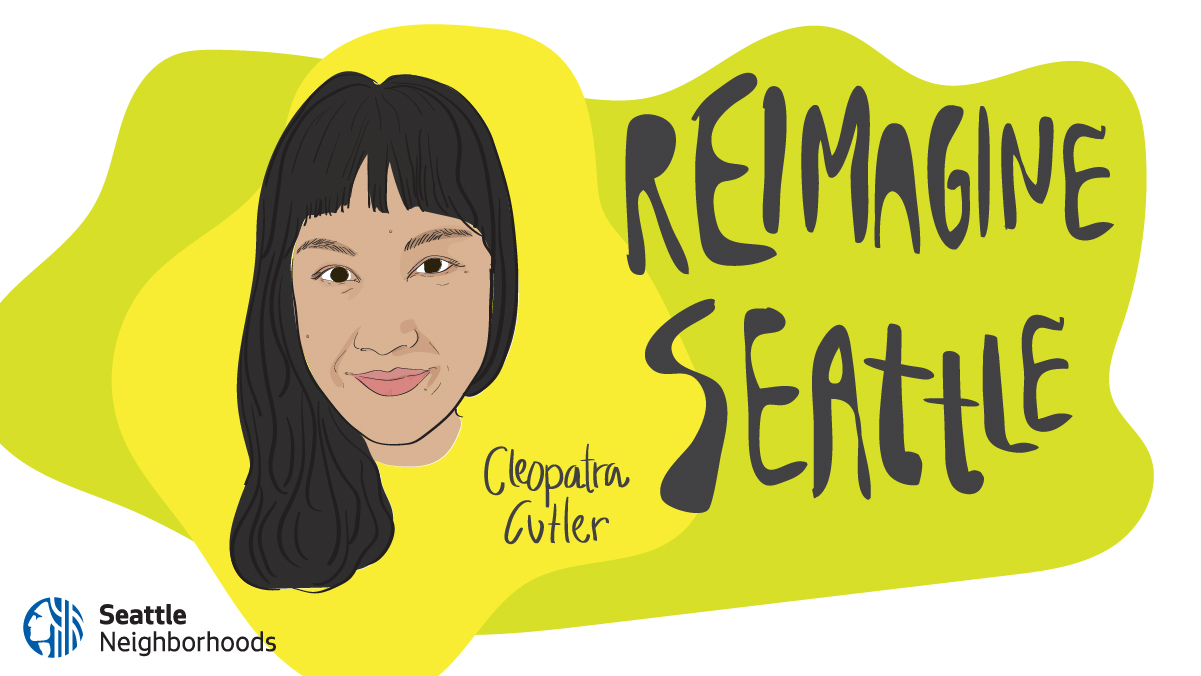
The challenges of the past two years have changed the way we live, the way we work, and the way we show up for each other. They have also given us a rare chance to collectively reimagine our future. Through the Reimagine Seattle Storytelling Project we invite community members to reflect on their current experiences in Seattle, how they have been impacted by recent events, and their hopes for the future of our city.
How to Tell if Someone Is Really From Seattle
by Cleopatra Cutler
When I was growing up in West Seattle in the 90s, the topic of “from here” was on the tip of everyone’s tongue. “Are you really from Seattle?” Six-year-olds would narrow their eyes and carefully weigh the evidence. You were really from Seattle if you were born within Seattle city limits. And didn’t use an umbrella. It was a great way to dissociate kids from where they lived.
In the 90s, I wasn’t “really” from Seattle. As a baby, I lived in Alaska. I was born to a freshly American Taiwanese mom and a chronically nomadic “English Scotch Scots-Irish Irish French and Iroquois,” a.k.a. White American dad. (Each side of the family had a whisper of Indigenous heritage, which didn’t play any part in our day-to-day culture, but I always liked that my dad held it up like a shiny penny at the end. People make fun of folks who insist on distant Indigenous lineage, but it’s literally a part of us. I’d rather be respectfully curious than erase it.) Long story short, my mom moved us down to Seattle the week my dad went to clean up the Exxon Valdez oil spill in Alaska, and this mixed Asian baby named Cleopatra (FOR SOME REASON) grew into a six-year-old “from Alaska” who got asked if she was “an Eskimo” a lot.
Today, I’m “really” from here…because everyone else has left. My sister and my childhood best friend are still here, but most of my classmates have moved away. When I meet new people who say they are from here and then they hear that I’m from West Seattle, they always revise, “I’m actually from Edmonds.” To which I happily exclaim, “You’re from here, too!” Or when folks move here and complain about the Seattle freeze, I throw an arm around ‘em and quip, “Well, you’re one of us now, and you get the chance to turn that around yourself.”
But the thing is, most Americans aren’t exactly “from here,” are we? We’re 209-years-new to Seattle, and Americans stole it. During our quarantines in 2020 and 2021, I thought a lot about the land I live on. And during the Black Lives Matters marches, when my fear of police violence heightened, I read about a philosophy called Transformative Justice. I’m new to this, so I’ll explain it the best I can.
If a kid hits someone, we know that hitting that kid back doesn’t teach them how to refrain from hitting. Violence begets violence.
Transformative Justice seeks for accountability of harm to be answered with help rather than more harm. I know it ruffles feathers to approach a wrongdoer with help but bear with me. Transformative Justice seeks to help people heal, “transform,” and grow to a place where they no longer feel the need to do the harmful act again. It’s not forgiveness; it’s the path to growth.
We live in a largely Punitive Justice society, which is philosophically opposed to Transformative Justice. For example, under Punitive Justice, if someone steals your purse, the thief is punished – either slapped with a fine or jailed — and you are not helped (besides perhaps the sweet and fleeting vindication of revenge). Under the philosophy of Restorative Justice, your purse is returned and perhaps the thief apologizes[1]. Under Transformative Justice, we consider what you need to heal from the experience of being pickpocketed (return of the purse and beyond), and we also examine why the thief is in such an unsupported place where they feel the need to steal. Are their basic needs (housing, food accessibility, medical attention, addiction rehab, counseling, job stability and debt, community) being met? Can they take responsibility for their actions? Can they make the long-term effort to get to a place where they no longer feel the need to make that harmful action? Transformative Justice centers on the harm done, and it dares to ask the question, “How can everyone heal from here?”
Often the folks who harm themselves and others the most have the least support and are given no road to return to wholeness. This trickles down to our small, everyday choices, too. We may not all steal, but we all make choices within some gradient of selfish to selfless every day. Transformative Justice helps me reconcile the fact that life is in grayscale; everyone is weighing their choices, everyone is good and bad sometimes, and both harmful and helpful.
The philosophy of Transformative Justice can be applied to much smaller matters – like scuffles over doing the dishes – and it can also be applied to much bigger matters, like the environment.
In Seattle, we live on the Duwamish Tribe’s unceded land (which is its own harm that I don’t know how to help). Refocus the lens once more and we live in the wild. The water of Mount Rainier and the Cedar River and Green River watersheds downstream sustain us. The Duwamish call this whole river system (the Cedar River, the Green River, and what is left of the White and Black Rivers, which all feed into the modern-day Duwamish River) the Duwamish River. In the Duwamish language of Lushootseed, the name for Mount Rainier is Tahoma or Tacoma, literally “Mother of Waters.” It melts into the Cedar River, Green River, and Duwamish River, and flows into Lake Washington and Puget Sound. It evaporates and rains down on our un-umbrella’d heads. It’s all connected.
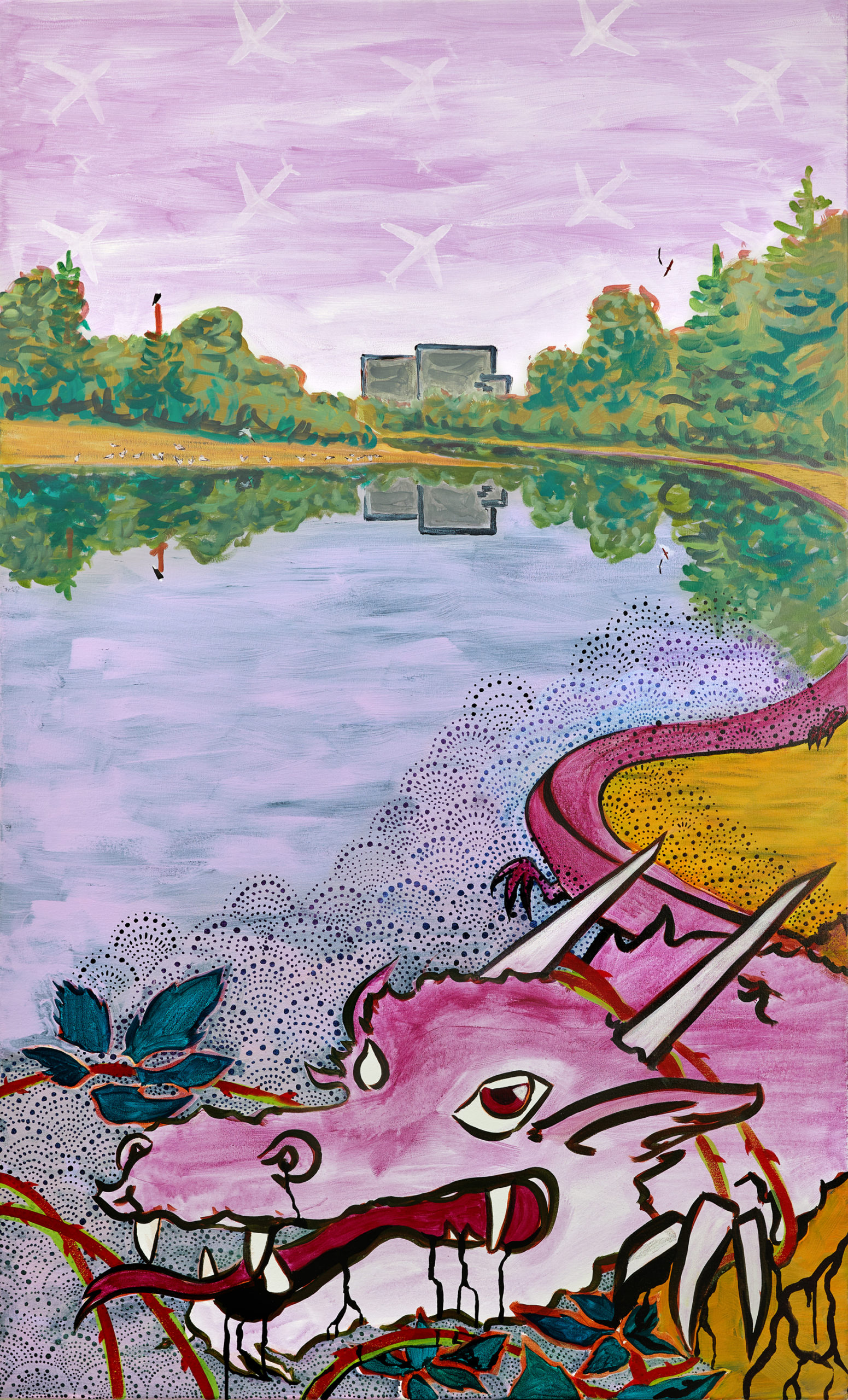
Only a century ago in 1913[2], settlers began a process to straighten the Duwamish River, destroying 97 percent[3] of the original habitat. That doesn’t just impact plants and animals. The industries and roads that followed, including further up the river system closer to Tacoma, produced waste from asphalt and cement plants, raw sewage overflow, oil spills and oil runoff from the road, and tire particles[4] that are washed into the rivers every time it rains. Fumes from the industries, planes, and cars roll down the hills in clouds and settle on the communities that live in the valleys and along the water, where both children and adults have the highest hospitalization rates for asthma in King County[5]. Because of human-produced pollution, living in the Duwamish Valley is observed to drop your life expectancy by years[6]. This disproportionately impacts communities of color and communities with lower incomes. But don’t fool yourself, pollution doesn’t know neighborhood and county borders. It’s easy to think, “poor them, maybe they should move.” Pollution impacts all of us. It impacts you. And because of how our collective consumer culture has evolved, it’s kind of your fault. It’s my fault, too.
See how that feels? You kind of want to wiggle out of it, huh?
Punitive Justice makes everything so weighty. It’s weighty to be told something is your fault. We didn’t do anything! But we kind of did. We kind of do. We’re doing harm to the environment every time we go somewhere that requires tires, every time we order something that requires shipping, every time we buy plastics. It’s impossibly large and overwhelming and, in our current culture, it’s impossible to do correctly or be perfect without renouncing civilization and living in a yurt or something. It’s such a systemic and cultural problem that it’s hard to take ownership of it or even know where to start. “I’ll be better,” we say to the problem, and there’s just no way to be perfect, so we disengage.
But in Transformative Justice, accountability isn’t about pointing fingers because it isn’t about punishing. It’s about recognizing the impact of our actions, observing our context, and healing. It’s getting to a place where we make choices that heal ourselves and others, not harm. Our choices have power and consequence, so we have responsibility. Terrifying and empowering.
Everyone who worked on that 1913 project is dead now. No one is left to be accountable, and they can no longer act. No one is left to heal the land but the people who are still here. And that’s all of us. New Seattleites, folks like me who have been here our whole lives, people whose people have lived here for thousands of years.
And what it takes is a cultural revolution.
I’m out here making art for a living. I paint with acrylics, but I’m trying to use more watercolor and learn about local nontoxic pigments because acrylic is plastic. So is the laptop I’m using to write this to you. So is the machine you’re using to read this or the machine that printed this article you’re holding (if anyone has even gotten this far down the page). And culturally, that’s where we are right now.
A cultural revolution sounds like a lot, but it’s just a bunch of individuals all taking part in a change of perspective. All it takes is a moment of weighing the earth in your decision. Making it automatic, like putting on your seatbelt. No one did that in the 70s, and now we all do! It doesn’t mean you always pick the earth-friendly choice, but to weigh the option is to pick it more often than before. Maybe you already think that way a little bit. I bet you do. If so, you are already part of the revolution. It’s not about being perfect, it’s about continuing to try and show up. And yes, it’s a systemic problem, but factories and governments, and consumer markets are all composed of people making choices. So, bring ’em in. Old rules are reviewed by the people alive and deciding today. You and me and your neighbor. When you take care of the environment and weigh it in your decisions – when all of us do – you are healthier, I am healthier, families and communities along the river are healthier (we’re talking less-cancer-and-asthma-and-infant-mortality healthier), the drinking water and the air and the vegetables in your garden and your grandchildren’s gardens are healthier, spawning salmon and orcas are healthier.
If you were able to choose local and environmental businesses until your whole neighborhood shifted – and then the city shifted – to orient that way, what a beautiful world it could be. Wouldn’t you love to walk to your grocery store or pop-up farmers market, to have access to almost everything you need right around the corner in your neighborhood? When I was asked to write about my Reimagined Seattle, that was the first image that popped into my head. It’s the reason I love the Duwamish River. One river or one neighborhood is a microcosm, and in a microcosm, we can act as individuals, as a neighborhood, as a community, as a city. It’s a small place to start where our actions matter and can spark a cultural revolution. It’s hope.
Are you really a Seattleite? It’s not actually about where you’re from. It’s caring about where you are. It’s about the land you are on today and the choices you make to protect, heal, and nourish this land. It’s about the power of your choices and the community you choose to create; how widely you can open your arms when you have the capacity; how well you can show yourself and your peers – and your parents and your children – to take care of each other and the land. Sure, you’re just a drop in the bucket in the scale of the universe, or this mid-pandemonium world, or this roiling country, but in this moment of community that I’m having with you as a reader, to the land you’re standing on right now, you matter a whole lot.
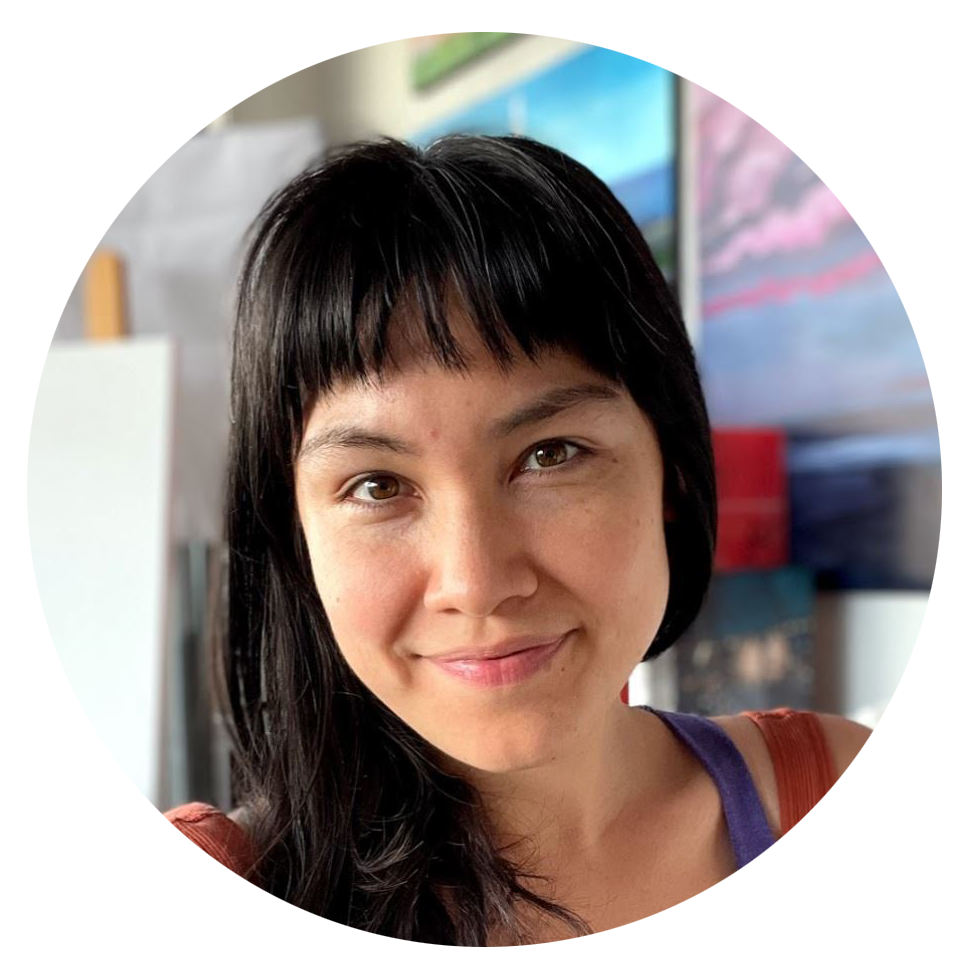
Cleopatra Cutler (she/her) is a painter and muralist best known for her large-scale colorful Pacific Northwest landscapes and graphic art style portraits by commission. Her work explores the intersection between our cultures and the land, and she paints in pursuit of a world enriched and healed by us. Cleopatra lives and works on the ancestral lands of the Duwamish people in Seattle, Washington. You can find her at cleopatratheartist.com or on Instagram @cleopatratheartist.
[1] It is my personal opinion that this mid-point philosophy is the reason why folks get so mad at apologies these days. Where’s the blood? Or perhaps more to the point, how do we know they’ve changed, they meant it, and they won’t do it again? An apology can be a good first step for the apologizer but typically requires absolution from the harmed person. We don’t really need to ask anything of the harmed person at this moment unless it would help heal the harmed person. An apology might not be what the harmed person needs. But understanding and regret are the start of accountability. It has to be okay and not shameful for a person to say, “I recognize I messed up.”
[2] https://www.drcc.org/timeline, https://www.drcc.org/river-history-and-photographs, https://historylink.org/File/2986 1/25/2022
[3] https://darrp.noaa.gov/hazardous-waste/lower-duwamish-river 1/25/2022 “Lower Duwamish River
Hazardous Waste Site | Washington State | Mid-20th Century What Happened?” NOAA
[5] https://www.invw.org/2011/03/20/health-along-the-duwamish-a-superfund-runs-through-it/ 1/25/2022
